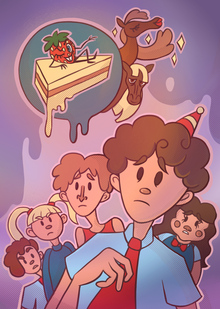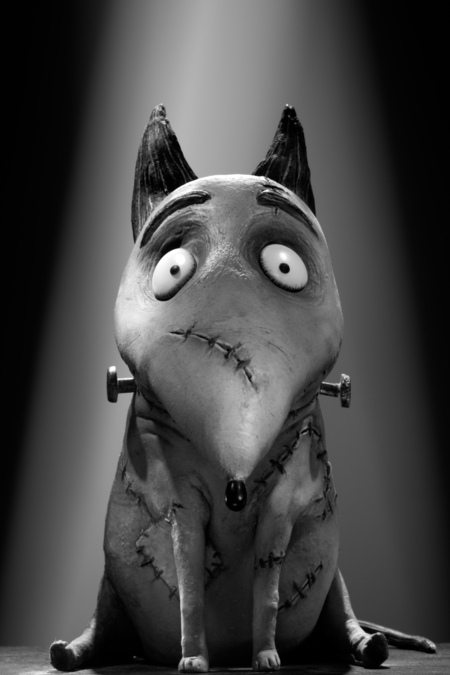
Postmodernism in Tim Burton`s Frankenweenie
Tim Burton has his own aesthetic and visual language, that`s exactly why we love his movies. He is often regarded as an expressionist director. And he is most definitely postmodernist. The Oxford dictionary defines postmodernism as ‘a late 20th-century style and concept in the arts, architecture, and criticism, which represents a departure from modernism and is characterized by the self-conscious use of earlier styles and conventions, a mixing of different artistic styles and media, and a general distrust of theories.’ In other words, it experiments with narratives, includes irony, hyperreality or virtual reality and distortion of time, it mixes genres and clearly references cultural inheritance of the past.
And in this context watching «Frankenweenie» is a lot of fun. Because postmodernism starts here with the title from which we understand that it is based on Mary Shelley’s «Frankenstein» novel. But this time it’s an animated film done in the old-school stop-motion technique (not computer graphic) and addressed to children. It mixes genres: horror and comedy (and a family movie). And there are several reasons why it stands out: a cartoon for kids done in horror genre, filmed in black and white (reference to the classic «Frankenstein» film of 1931) with at least two levels of narrative. On the first level it tells Frankenstein story in a way that would be understood by children. On the second level it references so many horror genre films, which kids the movie addressed to surely haven`t seen yet, that adult cult horror fans would see a completely different film from the one the children would be watching. So, children watch one film and their parents — completely different.
Let us see how visual narrative becomes a text that gives us much more than just overall story level does. BTW, I’m pretty sure I didn`t catch out everything, because everyone reads a film in accordance with their knowledge.
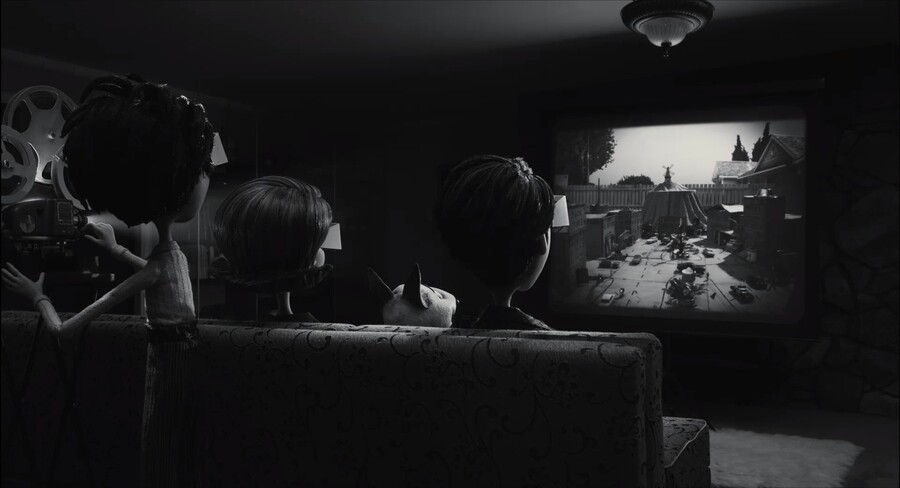
So, the film starts with the Frankenstein family watching a film done by Victor with Sparky the dog and it`s definitely a retelling of «Godzilla».
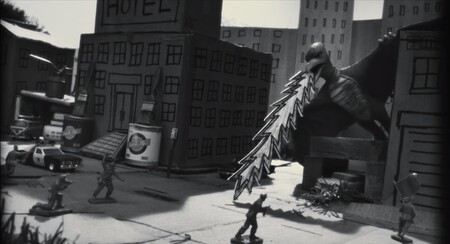
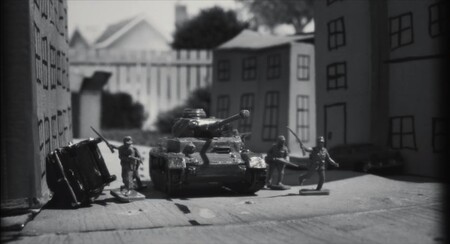
The aesthetic of Ishiro Honda’s «Godzilla» (1954) is very pronounced here as the child’s film was done with the toy soldiers. The original «Godzilla» was done with miniatures which included vehicles and doll soldiers that fill those vehicles
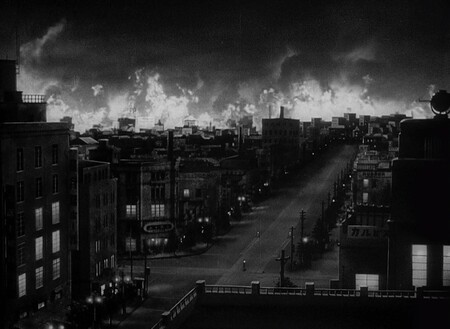
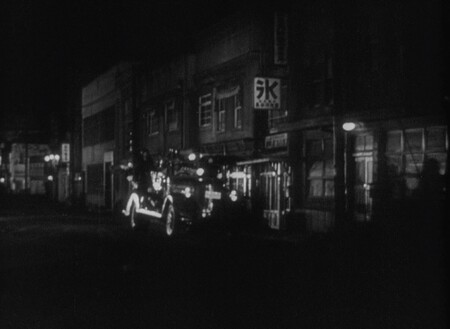
Unfortunately, screenshots don`t show all the toy aesthetic of the original «Godzilla» film.
There are other references to «Godzilla» in «Frankenweenie» as well as to «Frankenstein» — and not to the book but to the classic movie of 1931, which greatly differs from the book. Let’s see.
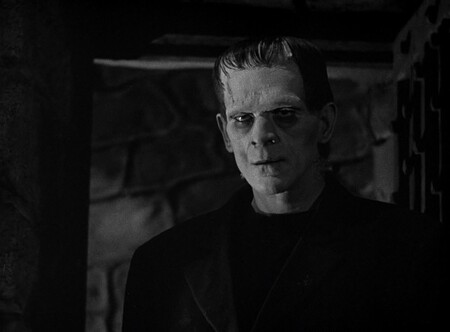
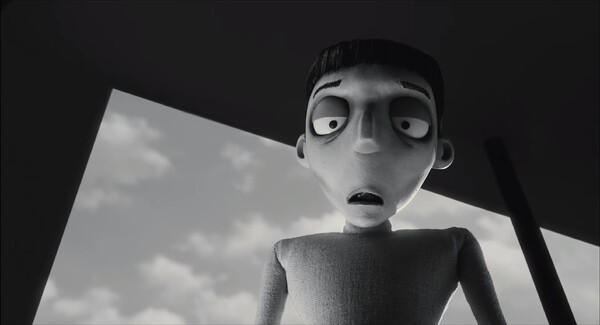
One of the characters is definitely a reference to the original iconic Frankenstein creature design.
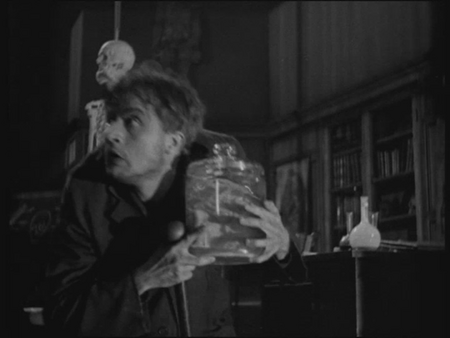
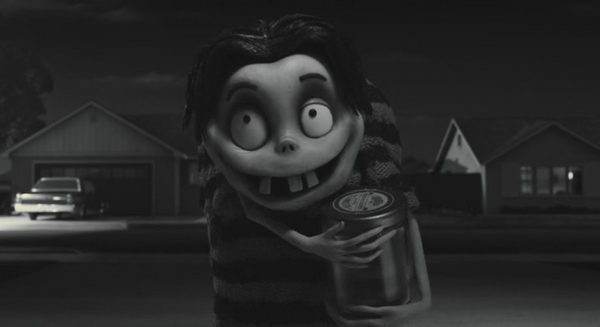
There is another character — a hunchbacked boy called Edgar «E» Gore. «E» Gore is pronounced as «Igor», a hunchbacked assistant to the scientist who creates monsters. Interestingly enough, the name Igor appeared a bit later in those movies, in the first «Frankenstein» that character was called Fritz. Still the character is very recognizable. Especially in the frame with the jar with something in it. By the way, I think the invisible fish in «Frankenweenie» is the reference to «The Invisible Man» — another iconic Universal Studios monster.
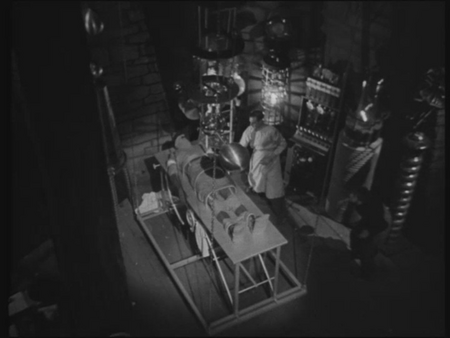
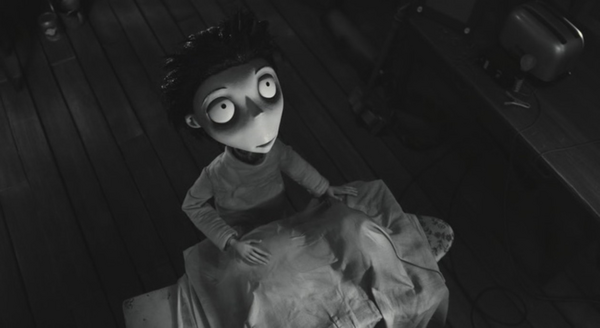
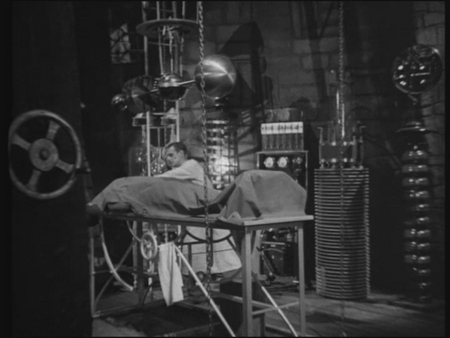
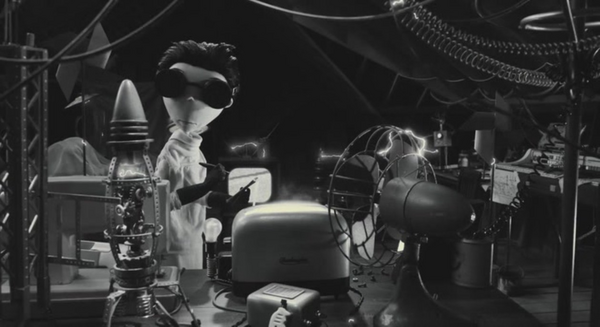
The camera angles and the decor of Victor`s «laboratory» in «Frankenweenie» reference the original Universal movie.
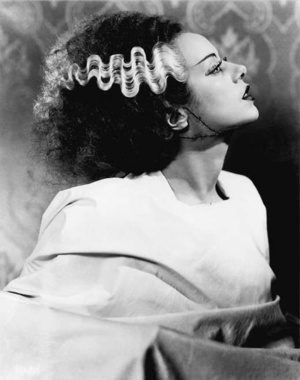
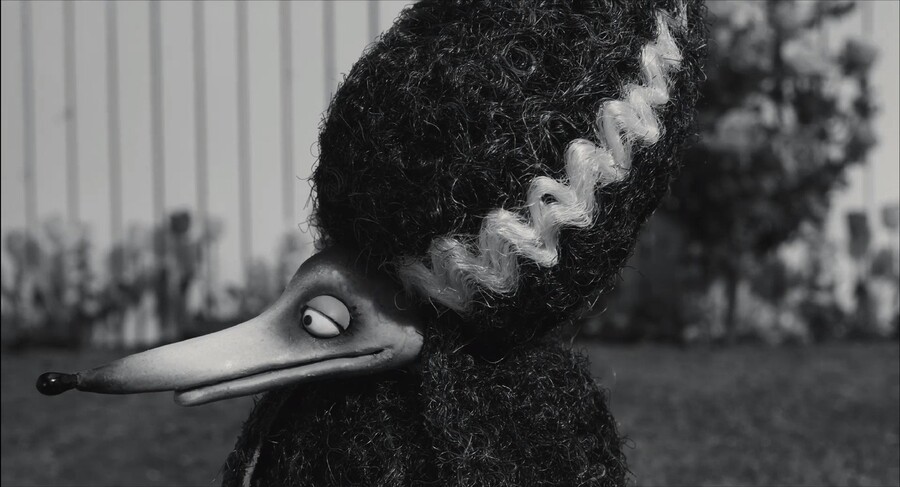
Here is a reference to «Bride of Frankenstein» (1935) as well.
One of the pets resurrected is a turtle named Shelley (a turtle has shell, so the name has two meanings), which is a reference to Mary Shelley of course.
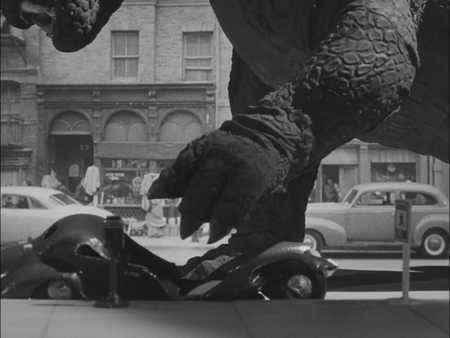
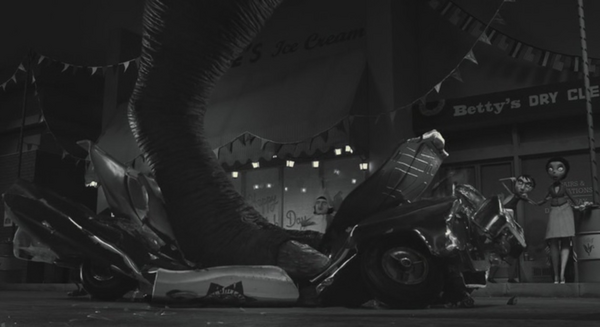
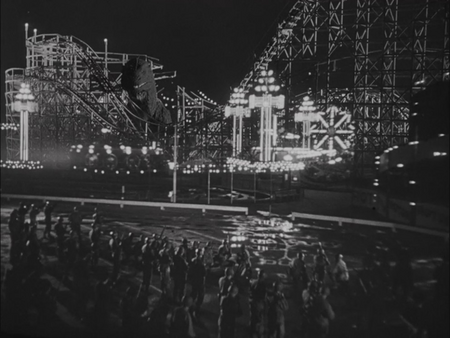
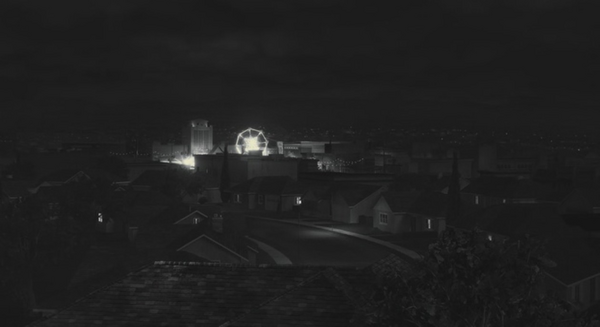
Here is a reference to a bit different monster movie — the prototype of «Godzilla» — Ray Harryhausen`s «The Beast from 20,000 Fathoms» (1953).
Toho producer Tomoyuki Tanaka had a project fall through and needed a replacement fast to make the studio going, on the plane he read a synopsis of an American movie that was about to come out soon. It was about an ancient monster that was sleeping in the ice and woke up because of the nuclear explosion nearby. It then came to NY and started to terrorize people. Tanaka thought it was a great idea given the tragic Japan’s relationship with the nuclear weapons. He wrote his own version based on that synopsis and that came out a year later as «Godzilla». Surely, Tim Burton knows that story that`s why he references that film in his Godzilla tribute. Not to mention that Tim Burton is a big Harryhausen fan himself and made other references to his movies in his other works.
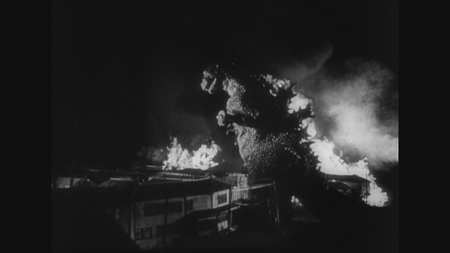
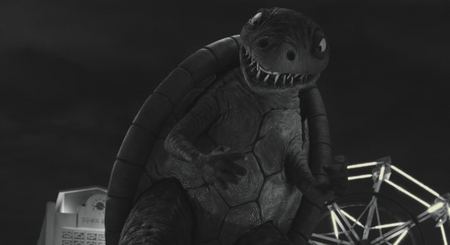
And here is «Godzilla» again, or, rather Harryhausen’s beast who finds it`s end in the amusement park like Shelley.
And the reference to «The Mummy» (1932).
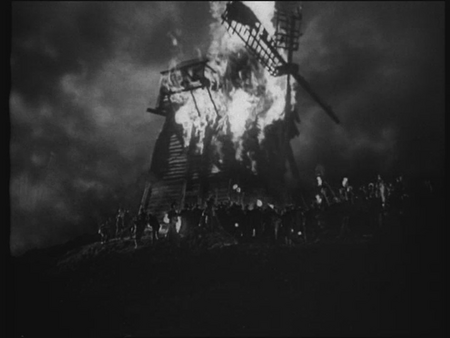
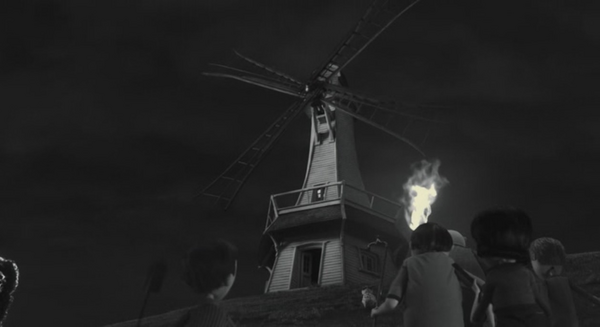
In the climax of the film Burton not only references the final scene of «Frankenstein» (1931) which takes place on the burning windmill…
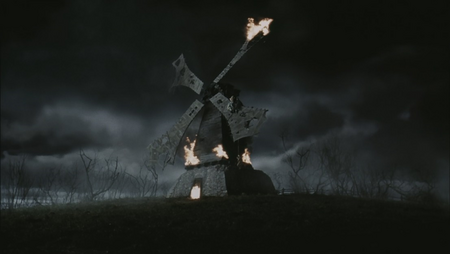
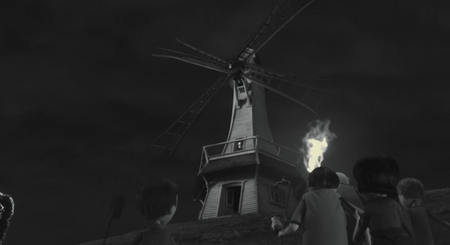
But also his own «Sleepy Hollow» (1999) film where the finale also takes place on the burning windmill (which probably also referenced the original «Frankenstein»). So, it`s double reference given the shape of the windmill and the angle from which it is shot.
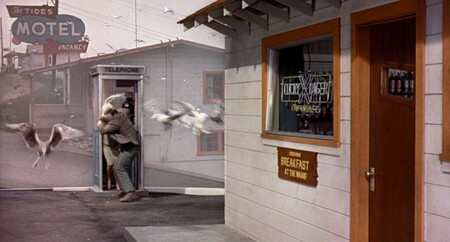
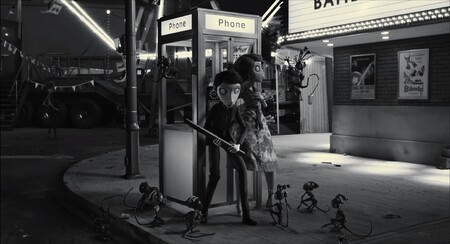
There is even a reference to Alfred Hitchcock`s «The Birds» (1963).
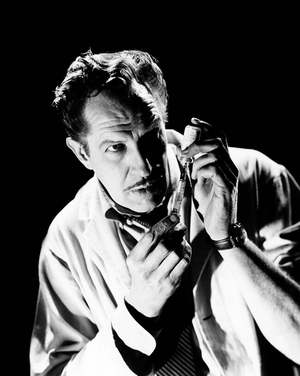
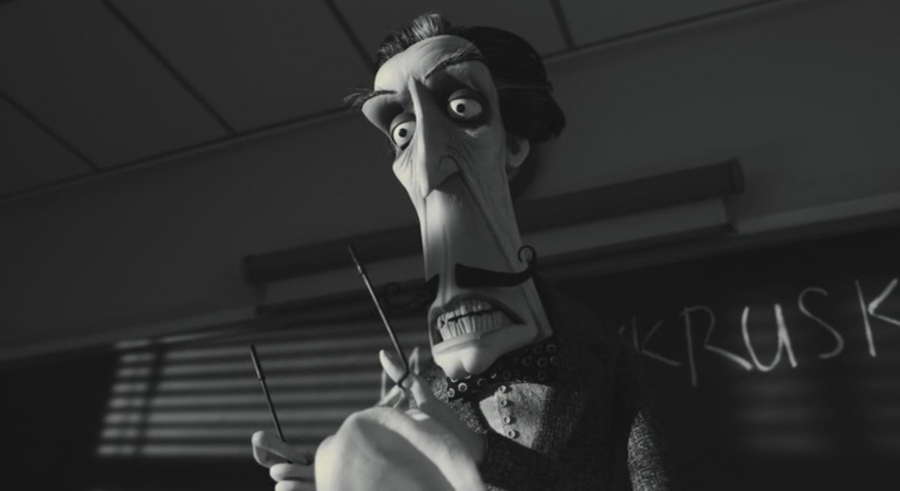
One of the characters is actually created with the resemblance of Vincent Price, a classic horror film star.
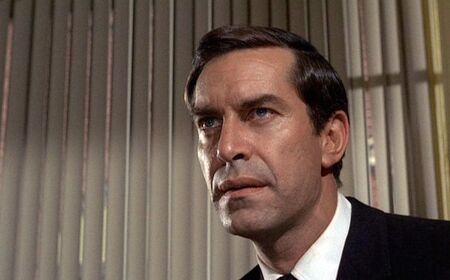
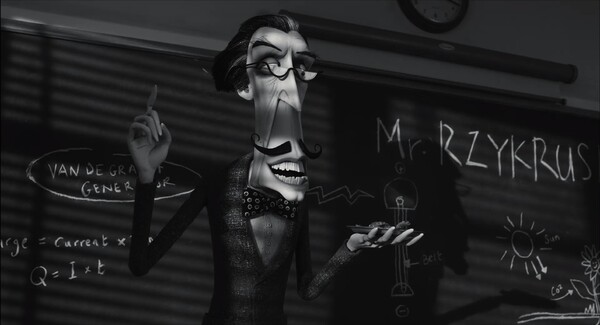
And he was voiced by Martin Landau who played in Tim Burton`s «Ed Wood». And it’s not known who of the actors really became the model for the character because it looks like both of them in a way. There are also Catherine O’Hara and Winona Ryder of «Beetlejuice» voicing other characters.
There is even classic cyclorama shown on screen as a reference to the first moviemakers like George Melies and Mack Sennett, to the old silent films of the trick era.
So «Frankenweenie» is not just a kids cartoon, it`s an ode to the whole horror cinema and monster movie history done by one of the biggest fans of the genre — Tim Burton.
It was so much fun to spot all those references, and I’m pretty sure it`s not all and I missed something.

